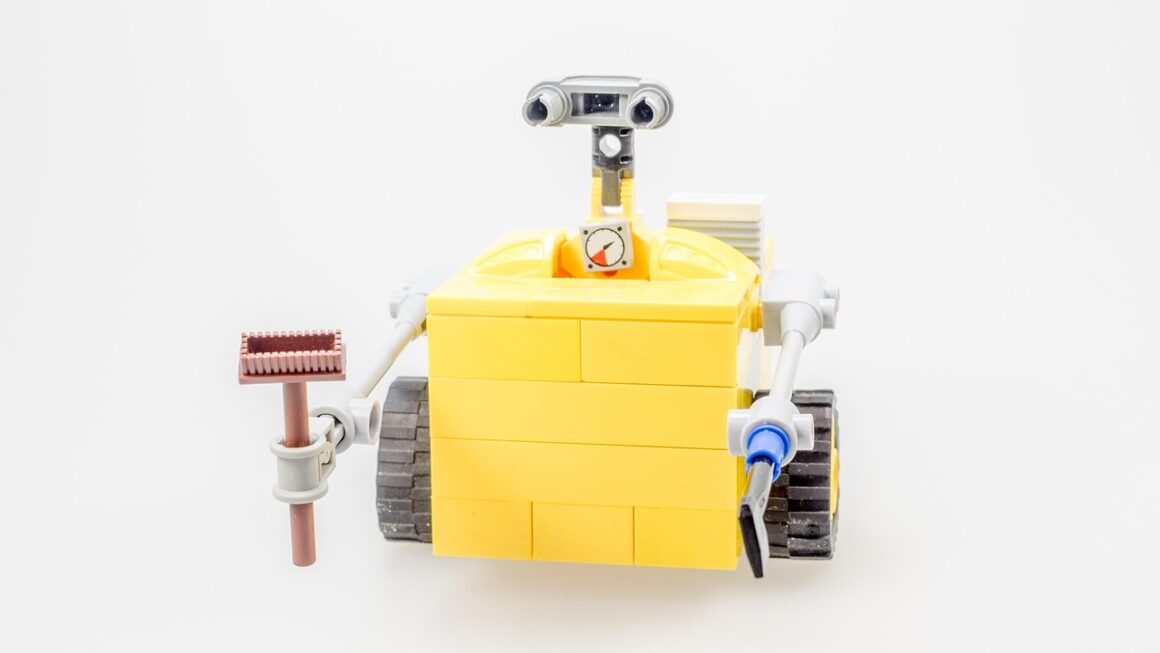GPT-4, the latest iteration of OpenAI’s groundbreaking Generative Pre-trained Transformer, represents a significant leap forward in artificial intelligence. It’s more than just a chatbot; it’s a versatile tool capable of understanding and generating human-quality text, translating languages, writing different kinds of creative content, and answering your questions in an informative way. This blog post delves into the capabilities, limitations, and practical applications of GPT-4, providing a comprehensive overview for anyone looking to understand its potential.
Understanding GPT-4: The Next Generation AI
What is GPT-4?
GPT-4 is a large language model (LLM) created by OpenAI. It’s the successor to GPT-3.5 and boasts significantly improved performance across various tasks, including:
- Enhanced Reasoning: GPT-4 exhibits superior reasoning capabilities, allowing it to handle more complex and nuanced problems.
- Increased Accuracy: It’s more accurate in its responses and less prone to making factual errors or providing misleading information.
- Multimodal Capabilities: Unlike its predecessors, GPT-4 can accept image inputs and generate text outputs, opening up a wide range of new applications.
- Improved Creative Writing: GPT-4 can generate more creative and engaging content, including poems, scripts, musical pieces, email, letters, etc., and try to fulfill all your requirements.
GPT-4 is trained on a massive dataset of text and code, enabling it to understand and generate human-like language with remarkable proficiency. The exact size of the dataset remains undisclosed by OpenAI.
Key Differences Between GPT-4 and GPT-3.5
While GPT-3.5 was impressive in its own right, GPT-4 offers several key improvements:
- Better at Complex Tasks: GPT-4 is significantly better at handling complex and open-ended tasks that require reasoning and problem-solving.
- More Reliable: GPT-4 is less likely to produce harmful or biased outputs compared to GPT-3.5.
- Longer Context Window: GPT-4 has a larger context window, allowing it to consider more information when generating responses. This allows it to handle larger documents and complex conversations more effectively. (Up to 25,000 words in some versions.)
- Image Understanding: The most notable difference is GPT-4’s multimodal capability. It can analyze images and generate descriptions, answer questions about the image content, and even perform creative tasks based on visual input.
Exploring the Capabilities of GPT-4
Natural Language Processing (NLP)
GPT-4’s advanced NLP capabilities make it a powerful tool for various language-related tasks:
- Text Generation: GPT-4 can generate high-quality text for various purposes, including blog posts, articles, marketing copy, and creative writing. For example, you can ask it to “Write a short story about a robot who learns to love.”
- Language Translation: It excels at translating languages accurately and fluently. It can translate between a wide range of languages with impressive accuracy.
- Text Summarization: GPT-4 can summarize lengthy documents or articles, extracting the key information and presenting it in a concise format. This is especially helpful for research or catching up on news articles.
- Sentiment Analysis: It can analyze text to determine the sentiment expressed, whether it’s positive, negative, or neutral. This is beneficial for understanding customer feedback or social media trends.
- Chatbots and Conversational AI: GPT-4 powers more sophisticated and natural-sounding chatbots, enabling more engaging and effective customer service interactions. For example, many companies are using GPT-4 powered chatbots to answer customer questions 24/7.
Image Understanding and Multimodal Applications
The multimodal capabilities of GPT-4 open up a range of exciting possibilities:
- Image Captioning: GPT-4 can generate detailed and accurate captions for images. This is helpful for improving accessibility and providing context for visual content.
- Visual Question Answering: You can ask GPT-4 questions about images, and it can provide accurate and informative answers based on its understanding of the visual content. For example, you can upload a picture of a complex machine and ask GPT-4 to identify its different parts.
- Image-Based Problem Solving: GPT-4 can assist with problem-solving based on visual information. For example, you could upload a photo of a broken appliance and ask GPT-4 for troubleshooting steps.
- Creative Content Generation from Images: GPT-4 can generate creative content inspired by images, such as poems, stories, or musical pieces. For example, you can upload a photo of a sunset and ask GPT-4 to write a poem about it.
Code Generation and Software Development
GPT-4 can also assist with code generation and software development:
- Code Generation: GPT-4 can generate code in various programming languages based on natural language descriptions. For example, you can ask it to “Write a Python function to calculate the factorial of a number.”
- Code Explanation: It can explain complex code snippets in a clear and concise manner, helping developers understand and debug their code.
- Code Translation: GPT-4 can translate code from one programming language to another. While not perfect, it can significantly speed up the porting process.
- Bug Detection: GPT-4 can identify potential bugs and vulnerabilities in code, helping developers improve the quality and security of their software.
Real-World Applications of GPT-4
GPT-4 is already being used in a variety of industries and applications:
- Customer Service: Powering chatbots and virtual assistants to provide 24/7 customer support. Many companies are leveraging GPT-4’s ability to understand nuanced customer inquiries and provide accurate, helpful responses.
- Education: Assisting students with learning and research, providing personalized feedback, and generating educational content. It can help students brainstorm ideas for essays, summarize research papers, and even provide coding assistance.
- Healthcare: Assisting doctors with diagnosis and treatment planning, providing patient education, and automating administrative tasks. However, it’s crucial to note that GPT-4 should not be used as a substitute for professional medical advice.
- Marketing and Advertising: Generating marketing copy, creating social media content, and personalizing customer experiences. GPT-4 can help marketers create engaging ad copy, personalized email campaigns, and informative blog posts.
- Content Creation: Assisting writers with generating ideas, writing drafts, and editing their work. It can help writers overcome writer’s block and streamline the writing process.
Limitations and Ethical Considerations
While GPT-4 is a powerful tool, it’s essential to be aware of its limitations:
- Potential for Bias: Despite improvements, GPT-4 can still exhibit biases present in its training data. This can lead to unfair or discriminatory outputs.
- Factual Inaccuracies: GPT-4 can sometimes generate incorrect or misleading information, especially on niche or evolving topics. Always verify information from GPT-4 with reliable sources.
- Lack of Real-World Understanding: GPT-4 lacks real-world experience and common sense reasoning, which can lead to nonsensical or illogical responses.
- Ethical Concerns: The potential for misuse of GPT-4, such as generating fake news or impersonating others, raises significant ethical concerns.
- Cost: Accessing GPT-4 typically requires a paid subscription to services like ChatGPT Plus or access through the OpenAI API, which can be a barrier for some users.
It’s crucial to use GPT-4 responsibly and ethically, and to be aware of its limitations. Always critically evaluate the information it provides and avoid relying on it for critical decision-making without human oversight.
Conclusion
GPT-4 represents a major advancement in artificial intelligence, offering a wide range of capabilities and potential applications. From natural language processing to image understanding and code generation, GPT-4 is transforming how we interact with technology. However, it’s vital to be aware of its limitations and ethical considerations. By understanding its strengths and weaknesses, we can harness the power of GPT-4 to improve our lives and work in a responsible and beneficial way. Keep exploring, experimenting, and staying informed about the evolving landscape of AI.




